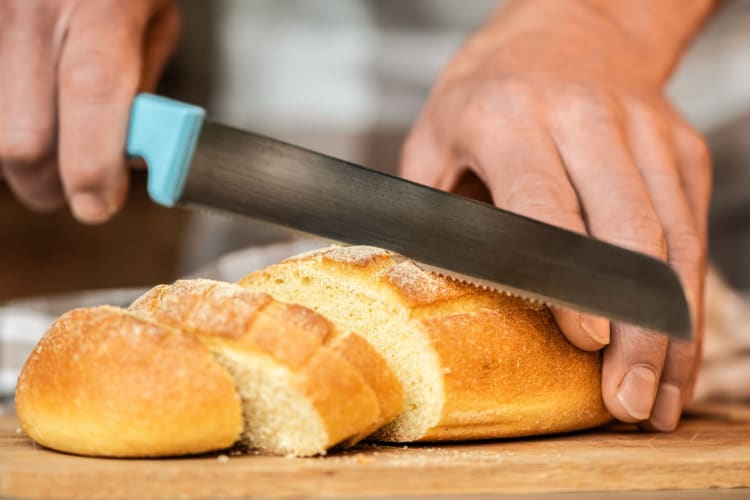In the world of professional cooking, mastering the art of handling knives is crucial. The Japanese knife, revered for its precision and artistic craftsmanship, is an essential tool in the kitchen. Knowing how to hold a Japanese knife correctly not only enhances your cutting skills but also ensures safety and efficiency.
In this comprehensive guide, we will explore the techniques of gripping and wielding a Japanese knife, delving into the intricacies that make these knives a favorite among chefs worldwide. For those who aspire to elevate their culinary craft, understanding the nuances of this skill is non-negotiable.

The Anatomy of a Japanese Knife
Before we delve into the technique of holding a Japanese knife, its essential to understand its anatomy. Typically, a Japanese knife features a single-beveled edge, a lightweight and thinner blade compared to its Western counterparts. This unique structure allows for precision slicing and dicing, making it an indispensable tool for a chef.
Gripping the Japanese Knife Correctly
The grip is the foundation of all knife skills. A proper grip on a Japanese knife provides control and safety. The most recommended grip is the 'pinch' grip. To execute this, place your thumb and index finger on the blade just above the handle, and wrap your other fingers around the handle. This grip gives you superior control over the knife's movements.
Alternatively, some chefs prefer the 'handle' grip, especially for prolonged use or when performing heavy-duty chopping. In this grip, all fingers are wrapped around the handle, providing a more stable, albeit less precise, control.
Positioning Your Hand for Optimal Performance
Once your grip is secure, the positioning of your hands plays a vital role. The off-hand must act as a guide, holding the food in a claw-like position to protect fingertips while allowing the knife to glide effortlessly.
Applying the Right Amount of Pressure
The art of cutting is in the pressure applied. Japanese knives are designed to slice with minimal force due to their sharp edge. Allow the knife's edge to do the work, applying gentle pressure to guide the cut.
Practice: The Key to Mastery
As with any skill, practice is paramount in mastering how to hold a Japanese knife. Consider incorporating practice routines in your kitchen work, such as slicing vegetables or herbs, to refine your technique.
Exploring Further Techniques and Maintenance
Beyond the basic grip and cut, maintenance of your knife is essential for longevity. Learn about knife sharpening techniques to keep your Japanese knife in top condition. Additionally, understanding the variety of kitchen knives available can further enhance your culinary prowess.
The Cultural Significance of Japanese Knives
Japanese knives don't only offer practical benefitsthey carry cultural significance, celebrating the artistry and heritage of Japanese craftsmanship.
Conclusion
Mastering how to hold a Japanese knife is a journey that combines art and skill. With practice, you can achieve precision and efficiency in your culinary tasks. Remember, the right technique ensures not only better cuts but also safety in the kitchen.

FAQs
1. Why is the pinch grip preferred?
The pinch grip offers superior control over the blade, allowing for more precise cuts suitable for delicate work.
2. How often should I sharpen my Japanese knife?
To maintain optimal performance, regularly sharpening your knife is advised. For specific guidelines, check this sharpening guide.
3. What type of cutting board is ideal for Japanese knives?
Softwood boards, such as cypress or hinoki, are recommended to maintain the sharpness and integrity of the knife edge.
4. Can I use a Japanese knife for all kitchen tasks?
While versatile, each type of Japanese knife is designed for specific tasks, so its wise to choose the right knife for your needs.
This article contains affiliate links. We may earn a commission at no extra cost to you.


























